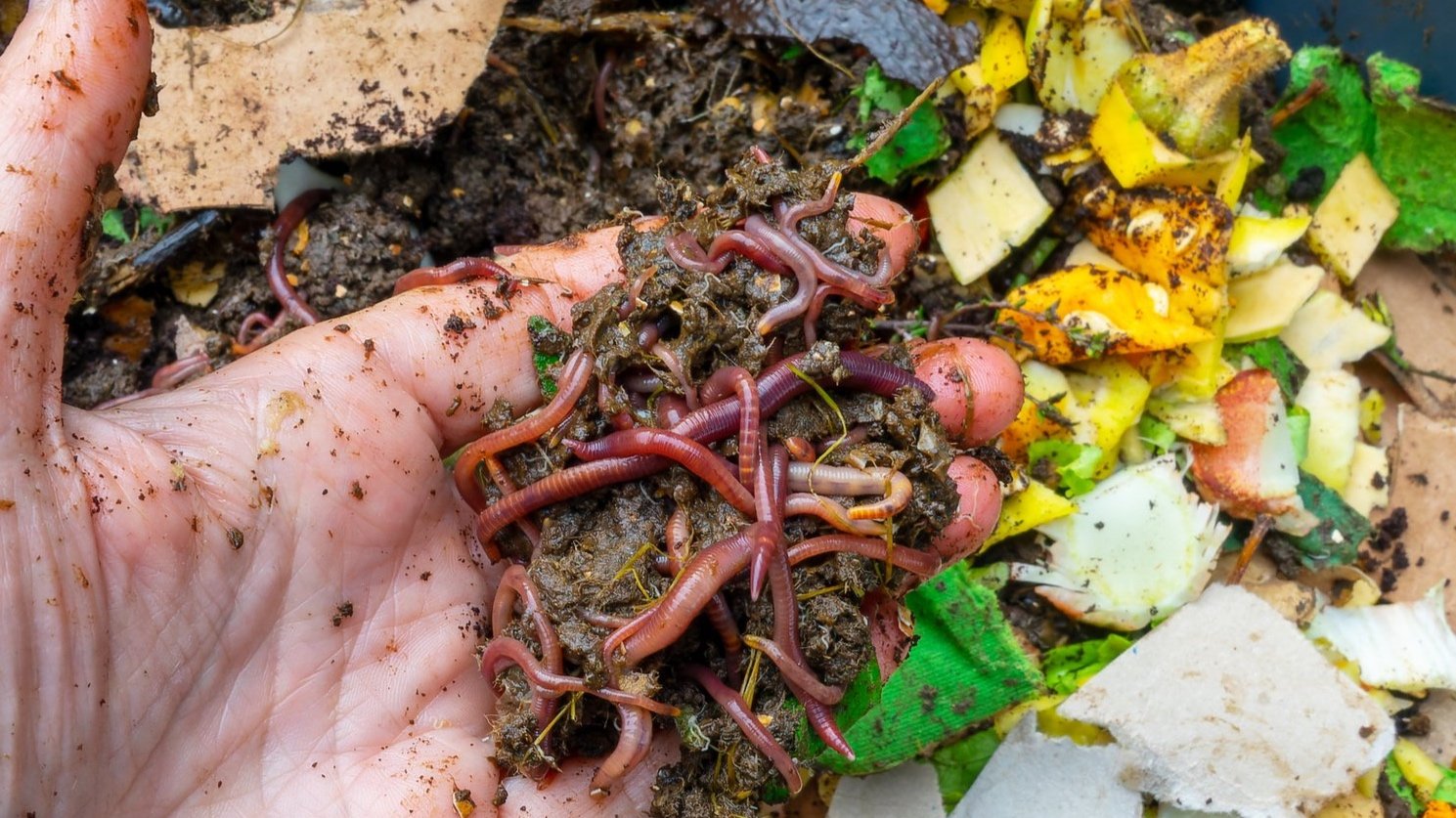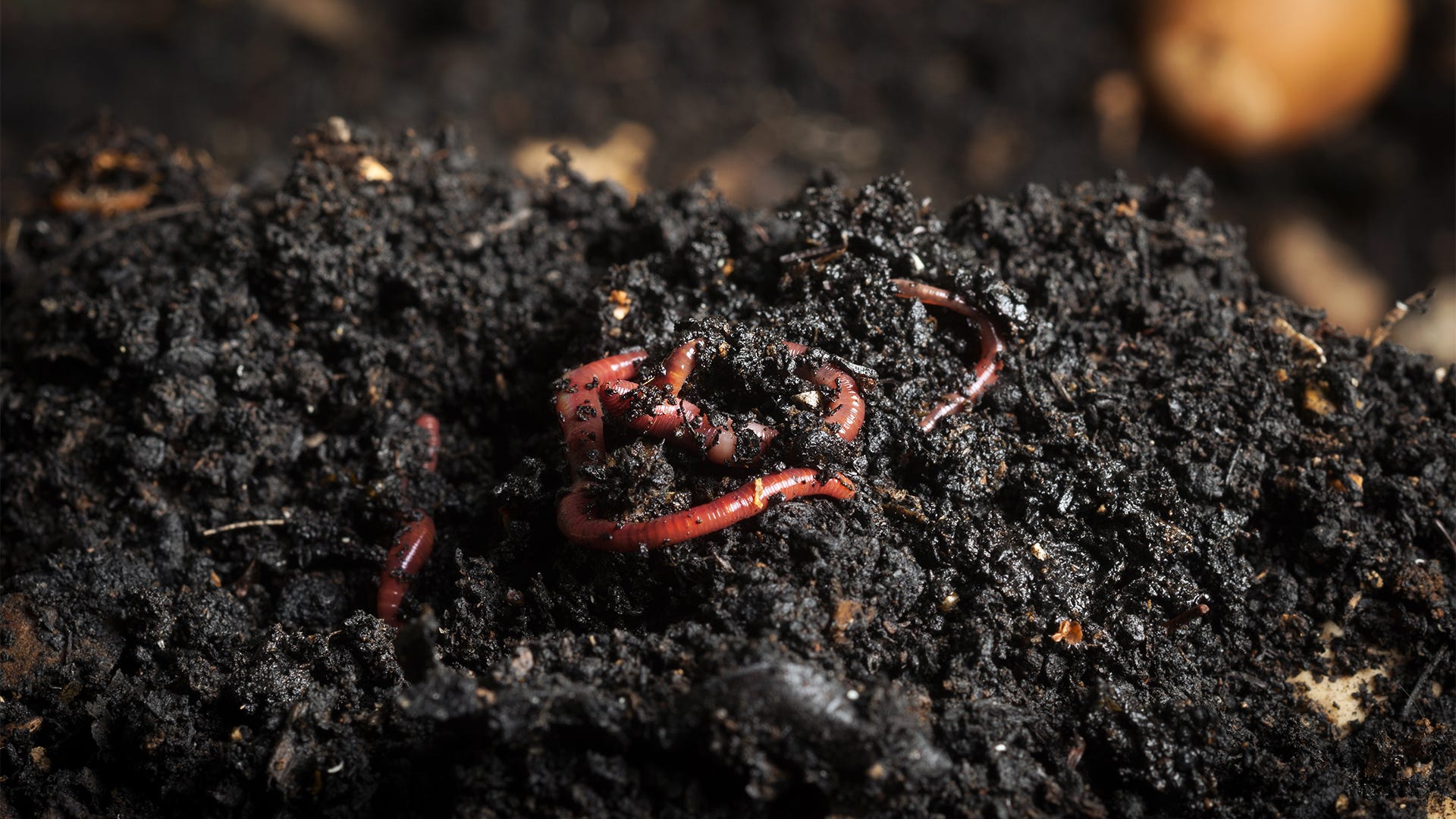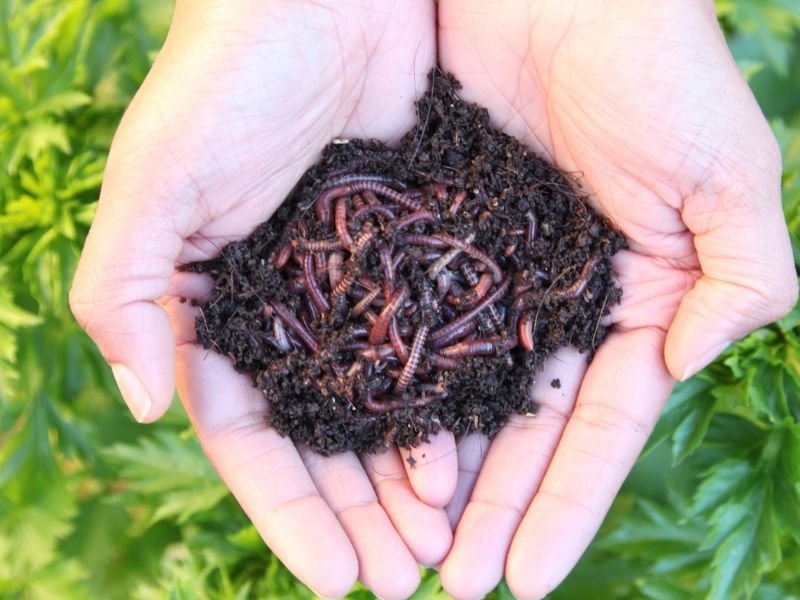Red Wiggler Composting: How to Start and Preserve a Productive Worm Container
Red Wiggler Composting: How to Start and Preserve a Productive Worm Container
Blog Article
Recognizing the Benefits of Red Wiggler Composting: Exactly How This Efficient Method Transforms Organic Waste Into Nutrient-Rich Dirt Changes
Red Wiggler composting, employing the types Eisenia fetida, presents a compelling approach to natural waste administration, converting cooking area scraps and backyard debris into valuable dirt changes. This method not just boosts soil fertility yet also addresses pushing ecological problems, including land fill waste reduction and greenhouse gas discharges. As we discover the complexities of this procedure, the multifaceted benefits it uses may reveal unanticipated understandings into sustainable practices and environmental equilibrium. Comprehending these measurements might trigger a reevaluation of how we regard waste and its prospective payments to a much healthier world.
What Are Red Wigglers?
Red wigglers, medically referred to as Eisenia fetida, are a types of earthworm that play a critical function in vermicomposting systems. These worms are identified by their reddish-brown shade, segmented bodies, and a distinct capacity to thrive in organic-rich atmospheres, making them perfect for composting applications - Red Wiggler Composting. Unlike their garden-dwelling equivalents, red wigglers choose to populate the top layers of soil, where rotting matter is abundant
Normally determining in between 3 to 4 inches in size, red wigglers have a high reproductive price, allowing them to increase swiftly under optimal problems. They have an one-of-a-kind digestion system that permits them to process natural waste efficiently, transforming it into nutrient-rich castings, which are extremely helpful for plant development.
Their resistance to differing dampness levels and temperature level varies better boosts their energy in vermicomposting setups, making them a preferred selection amongst composting fanatics. In addition, red wigglers are aerobic organisms, which demands a well-aerated composting atmosphere, making certain efficient disintegration. Understanding the biological qualities and habits of red wigglers is vital for optimizing their use in lasting waste management methods.

Benefits of Vermicomposting
Taking advantage of the power of vermicomposting offers a plethora of farming and environmental benefits. It substantially lowers organic waste in land fills, therefore minimizing methane emissions, a potent greenhouse gas. By diverting food scraps and yard waste to vermicomposting, we sustain an even more sustainable waste management system.
Additionally, vermicomposting improves dirt wellness. The castings produced by red wigglers are rich in necessary nutrients, microorganisms, and enzymes, boosting soil structure and fertility. This nutrient-rich change promotes durable plant development and enhances water retention, reducing the need for chemical fertilizers.
Moreover, vermicomposting fosters biodiversity in the soil community. The intro of useful microorganisms from worm spreadings aids in disease reductions and nutrient biking, creating a much healthier atmosphere for plants.
Economically, vermicomposting minimizes the prices related to chemical inputs and waste disposal. Farmers and garden enthusiasts can cultivate high-grade fruit and vegetables at lower expenses, adding to food security and sustainability.
Just How to Begin Composting
Beginning a composting endeavor can be a simple and gratifying process. To start, choose a suitable area that is well-drained and gets partial sunlight. This will certainly aid preserve a well balanced temperature, important for the composting procedure. Next off, select a compost bin or create a designated area in your yard, ensuring it is conveniently obtainable for including products and collecting garden compost.
Gather natural materials such as kitchen scraps, lawn waste, and shredded paper. Objective for a well balanced mix of 'environment-friendly' materials, high in nitrogen (e.g., fruit scraps, coffee grounds), and 'brown' materials, abundant in carbon (e.g., dried leaves, cardboard) A ratio of about 2:1 environment-friendly to brown materials is perfect.
Beginning layering your materials, ensuring ample air flow by turning the pile routinely. This promotes cardiovascular disintegration, speeding up and reducing odors up the procedure. Monitor moisture degrees; the compost ought to feel like a moist sponge however not extremely damp.
Nutrient Profile of Vermicompost
Composting, especially with red wigglers, produces a nutrient-rich item called vermicompost. This natural amendment is distinguished by its high concentration of vital nutrients, making it an invaluable source for gardening and agriculture. Vermicompost normally includes elevated levels of macronutrients such as nitrogen, phosphorus, and potassium, which are important for plant growth. In addition, it provides micronutrients like calcium, iron, and magnesium, fostering robust plant advancement and improving soil health.
The microbial activity present in vermicompost better enhances its profile, presenting beneficial microorganisms and fungi that promote vitamins and mineral schedule and uptake in plants. This organic element aids in reducing plant illness and improving soil framework, leading to enhanced water retention and oygenation.

Ecological Influence of Composting
The environmental impact of composting, specifically through using red wigglers, is profound and multifaceted. This technique considerably lowers the volume of organic waste sent to land fills, which in turn lessens greenhouse gas emissions, especially methane-- a potent factor to environment change. By diverting natural materials from land fills, red wiggler composting not only wikipedia reference helps alleviate ecological deterioration but also promotes lasting waste administration methods.

Additionally, composting adds to carbon sequestration, as the process records co2 from the ambience and shops it in the soil. This natural procedure help in combating environment change while enriching the dirt - Red Wiggler Composting. Generally, red wiggler composting provides a sensible, eco-friendly remedy for waste monitoring and environmental sustainability, promoting healthier communities and a more sustainable future
Conclusion
To conclude, Red Wiggler composting functions as an efficient technique for transforming natural waste a fantastic read into important dirt modifications. The procedure not just boosts dirt fertility and framework however likewise mitigates ecological problems related to garbage disposal. By making use of Eisenia fetida, this type of vermicomposting adds to improved biodiversity and sustains lasting agricultural practices. Eventually, Red Wiggler composting plays an essential duty in promoting healthier environments and attending to the obstacles of environment modification.
Red Wiggler composting, utilizing the varieties Eisenia fetida, provides an engaging technique to natural waste management, transforming kitchen area scraps and yard debris right into important dirt modifications. Unlike their garden-dwelling counterparts, red wigglers prefer to live in the top layers of dirt, where rotting issue is bountiful.
The spreadings created by red wigglers are abundant in necessary nutrients, germs, and enzymes, enhancing dirt framework and fertility. The Clicking Here nutrient-rich results of red wiggler task boost soil structure, boost water retention, and promote biodiversity within the soil ecological community.In conclusion, Red Wiggler composting serves as an effective technique for transforming natural waste right into beneficial soil changes.
Report this page